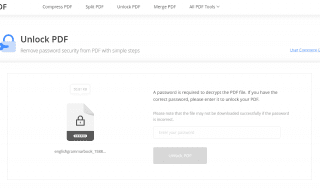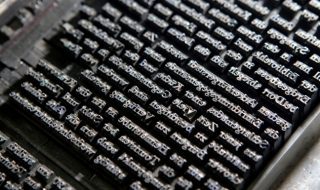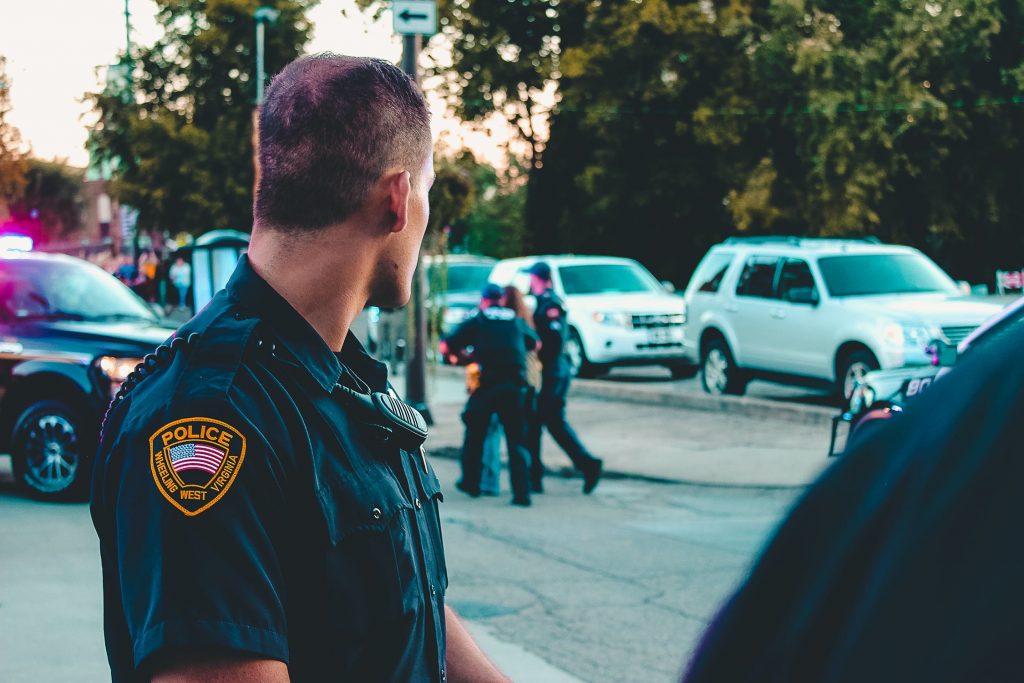
When it comes to vehicle maintenance, first responders already have a lot to think about. In an emergency situation, there’s no time for an engine error, flat tire, or broken emergency light and so all of the key components of the vehicle must be checked regularly and replaced frequently to avoid a potentially fatal delay. New and spare lights and sirens can be sourced from many online stores and regular vehicle servicing can help to find potential mechanical faults before they become a problem, but thanks to COVID-19 first responders must add another vehicle check to their already long list, sanitation.
Here are some tips on how to stay safe during a pandemic:
- Social distance. Stay at least 6 feet away from other people when possible. This helps to reduce the risk of exposure to the virus.
- Avoid crowds. Avoid large gatherings and crowded places. This will help to reduce your risk of exposure to the virus.
- Wash your hands often. Wash your hands with soap and water for at least 20 seconds. This helps to remove any virus particles that may be on your hands.
- Clean and disinfect surfaces. Clean and disinfect frequently touched surfaces, such as doorknobs, light switches, and countertops. This helps to kill any virus particles that may be on these surfaces.
- Stay home if you are sick. If you are sick, stay home from work or school. This helps to prevent the spread of the virus to others.
- Take care of your mental health. The pandemic can be a stressful time. Make sure to take care of your mental health by getting enough sleep, exercising, and spending time with loved ones.
- Be kind to yourself and others. The pandemic is a difficult time for everyone. Be kind to yourself and others by being patient and understanding.
There is nothing nice about a pandemic, and it leaves a lot of mental stress and economic damage in it’s path. So trust in God and pray that he guides you through the turmoil while staying awake and aware of your efforts and surroundings. In this guide we will try to define some things and give you a starting point for staying safe during a pandemic.
Stopping the spread of COVID-19
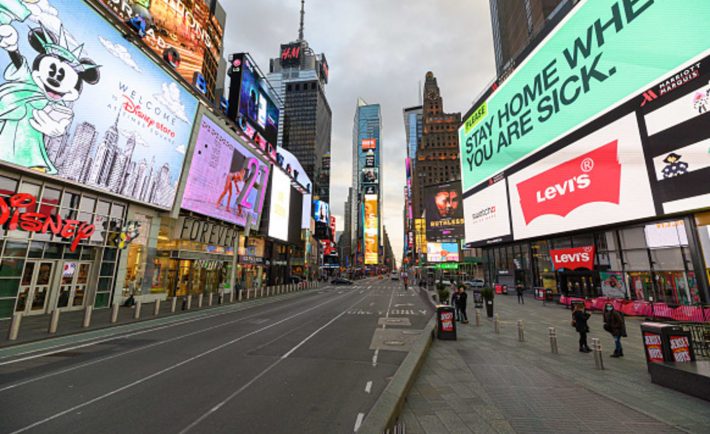
COVID-19 has affected every industry, across the world. Many countries may still be on lockdown in an attempt to stop the spread of COVID-19, but first responders must remain active in their lines of duty. Police, fire-fighters, ambulances, paramedics, and emergency crews continue their work on the front line, potentially coming into contact with COVID-19 multiple times a day, unwittingly spreading the virus as they travel between calls. For those called out to known COVID cases, in particular, it is vital that extra sanitation measures are implemented to keep first responder crews and their future patients safe from the spread. So how are first responders responding to the crisis?
How COVID-19 spreads
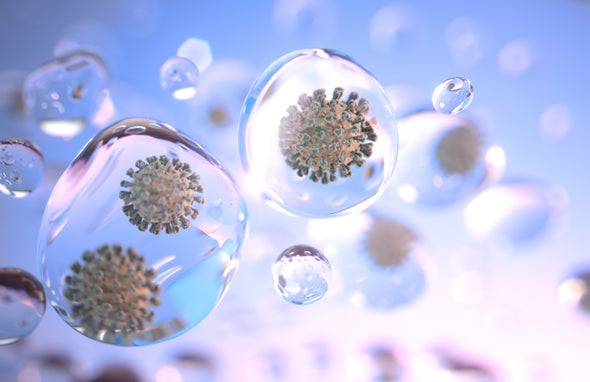
Although COVID-19 is still a relatively new virus it is believed that it spreads primarily through close contact between people and is not currently airborne. Person-to-person spreading means that the virus can be transmitted between individuals who are in close contact with one another (within approximately 6 feet) via respiratory droplets released when an infected person coughs, sneezes or talks, and also via touching objects that have been infected with COVID-19 droplets.
Given the rate of the COVID-19 pandemic, it is clear that the virus spreads very efficiently between people, even more so than influenza (the flu) and so in order to contain it measures must be put in place to limit person-to-person contact and also to disinfect potentially contaminated surfaces.
For first responders, this means that by being in the same vehicle as an infected COVID-19 patient they are putting themselves directly at risk, and if suitable sanitation measures are not allowed between calls then the infected droplets within their vehicles could then go on to put other personnel at risk.
Keeping first responders safe
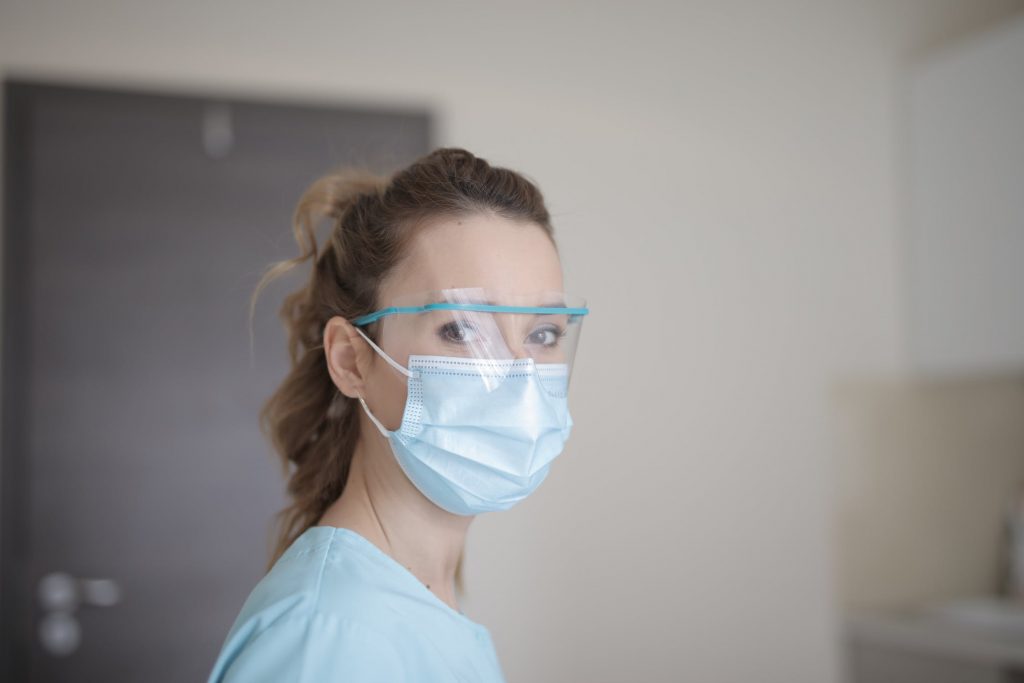
Understanding how COVID-19 spreads from person to person has been the key to keeping first responders and their patients safe from the virus. Although different countries, states, and departments have been handling their safety precautions slightly differently, most are following similar precautions.
The provision of Personal Protective Equipment (PPE)
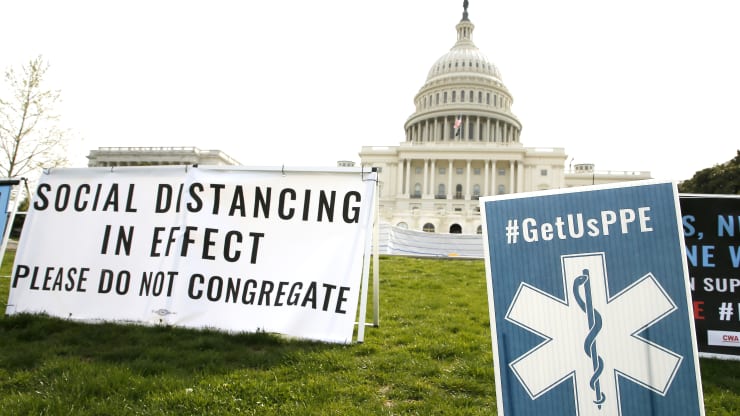
For healthcare professionals and first responders who are knowingly coming into contact with an infected COVID-19 person, suitable PPE should be worn at all times. At present PPE guidelines state that a face shield or goggles should be worn to protect the face and eyes from droplets transmitted orally via sneezing, coughing, or talking, a respirator or facemask should be worn to protect the mouth and nose, and clean non-sterile gloves should also be used. Many first responders are also wearing clean long-sleeved fluid repellent gowns which are then laundered or discarded between cases. In general first response cases where COVID-19 contamination is unknown, slightly less PPE may be worn, but gloves and a face mask are still highly recommended. Even in small towns like Zapata, all calls are being treated like COVID-19 calls with first responders issued with full protective gear for their own and their patient’s safety.
Sanitation of emergency vehicles
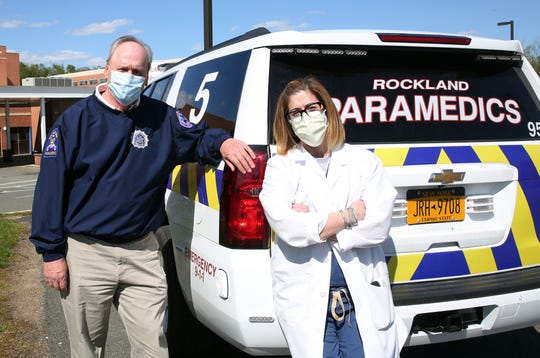
PPE and clothing may be changed, discarded, or washed between call-outs but as soon as an infected COVID-19 patient enters an emergency vehicle, the entire vehicle becomes a potential hazard to its crew and new patients. At a minimum, commonly touched areas within the vehicle are to be sanitized at the beginning and end of each shift and in between the transportation of different passengers, with non-porous surfaces such as door handles and seat belt buckles to be treated with appropriate disinfectants. Gloves and other disposable PPE are recommended to be used while cleaning and disinfecting potentially contaminated vehicles and clothes should also be laundered. In cases where a known COVID-19 patient has been in the vehicle, mostly in ambulances, more stringent cleaning regimes are in place to ensure the full sanitation of the vehicle.
In certain areas a new innovative process is being deployed to decontaminate the large numbers of emergency and first responder vehicles in use during the COVID-19 pandemic – a mobile Aerosolized Hydrogen Peroxide (AHP) system. The AHP system uses a 7% solution of hydrogen peroxide that has been vaporized into a fog. This non-toxic and non-residue fog is able to reach all areas of the vehicle including porous surfaces, ventilation systems, and hard to reach crevices, ensuring far deeper sanitation. The AHP system has been shown to be effective at killing viruses, bacteria, and fungi and has the capability to meet the demand imposed by a large number of first responder vehicles.
Larry Cole, the director of administration at Kanawha County Emergency Ambulance Authority commented that “While ambulances are always cleaned by crews between medical calls, this process provides us a more stringent level of sanitation to help alleviate any potential spread of COVID-19… This effort is setting a new standard in the cleaning and sterilization of ambulances during this pandemic, and in the future when any type of contagious pathogen situation is involved.”
AHP systems are currently static and so have been set up inside hangars and warehouses into which vehicles can be driven for decontamination. The process takes approximately 45 minutes to complete, meaning that emergency vehicles can get back on the road much faster than if they were to be thoroughly cleaned by hand.
Testing of first responder personnel
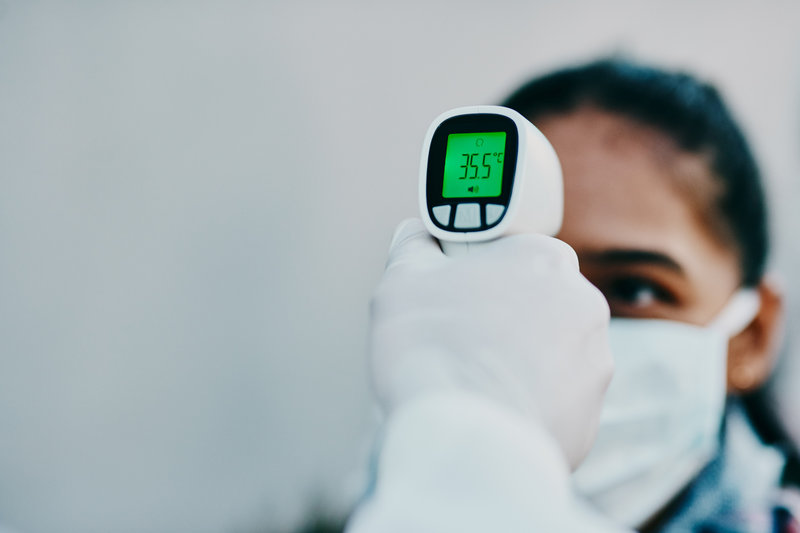
Despite PPE and stringent sanitation measures first responders still put themselves at an increased risk of catching the virus and with 50% of people showing no or very little outward symptoms of infection, they could be unknowingly spreading the virus to their fellow staff members or members of the public. To stop first-responders from becoming spreaders and to ensure that they can receive the treatment they need if they do become infected, efforts have been made to ensure that as many front-line workers, healthcare professionals, and first-responders have access to medical testing as possible. At present, there are two categories of COVID-19 tests, antibody tests, and polymerase chain reaction tests. Antibody tests to see if someone has the antibodies for COVID-19, meaning that they have already had the virus, whereas PCR tests to see if someone currently has the infection. If a first responder responds positively to a PCR test then they must leave their line of duty immediately to follow self-isolation measures, but a positive antibody test is less than conclusive. At present, we do not know if a person who has had COVID-19 can become re-infected, questions on immunity are still being answered and sadly tests are quite difficult to come by. With first-responders potentially coming into contact with COVID-19 on a daily basis, it is near impossible to test them as frequently as is required, therefore in the interim, personal symptom tracking remains essential.
The future

Looking forward, the use of PPE and the maintenance of strict sanitation remains the best way to keep first-responders and their patients safe, regardless of the testing available. As the pandemic begins to wind down, it is vital that these measures remain in place to stop the second wave of infection. We may not be out of the woods yet, but things may be getting brighter.

